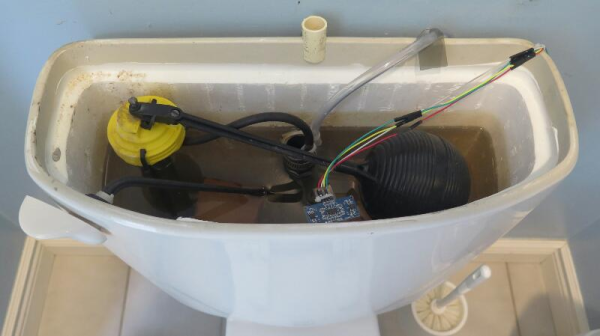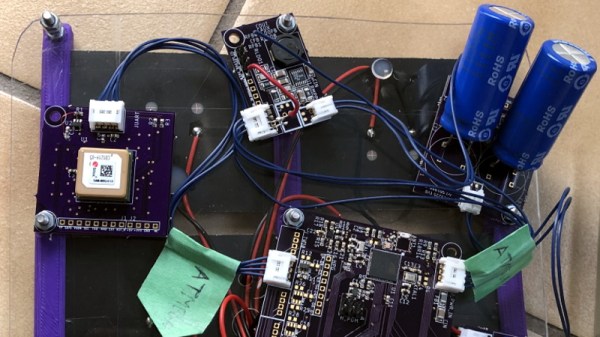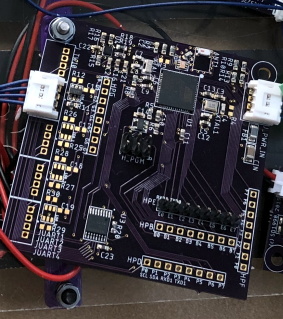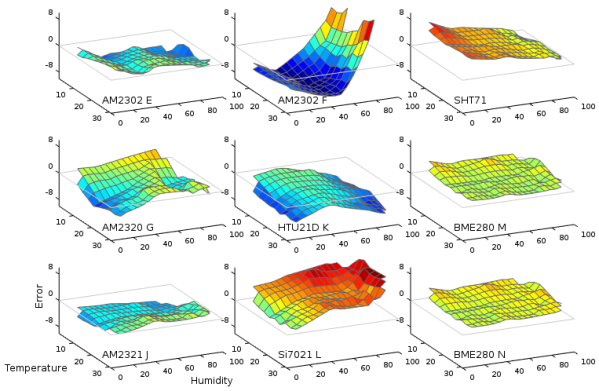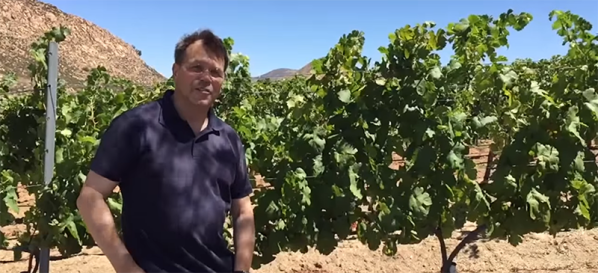The average first world household swims in an ocean of non-potable water from things like HVAC condensation, shower drains, and periods of rain. All of it just goes to waste. These same households pay the city to deliver drinkable water to places that don’t need it, like the toilet tanks. Isn’t it time to put all that perfectly good grey water to use? With a zero city water toilet, you can give that slightly-used H₂O one last hurrah before flushing it down the drain.
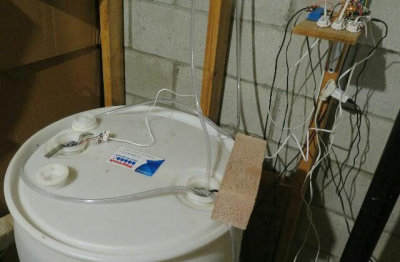 When the toilet is flushed, an ultrasonic sensor in the toilet tank monitors the change in water level and triggers a pump to fill the toilet back up from a barrel in the basement. A clear plastic tube inserted into the toilet tank does double duty as both the water source and tank overflow drain point.
When the toilet is flushed, an ultrasonic sensor in the toilet tank monitors the change in water level and triggers a pump to fill the toilet back up from a barrel in the basement. A clear plastic tube inserted into the toilet tank does double duty as both the water source and tank overflow drain point.
The 55-gallon plastic barrel in the basement collects water from both a shallow well and condensation from [nodemcu12ecanada]’s gas furnace. A NodeMCU controls the 12V submersible pump to send water up to the toilet, and another ultrasonic sensor monitors the water level in the barrel.
This setup doesn’t require changes to any of the existing plumbing, and reverting back is easy. We particularly like the use of phone plugs and jacks as quick connectors, and will likely steal the idea. You can get more information about this and [nodemcu12ecanada]’s other home-automation projects here.

